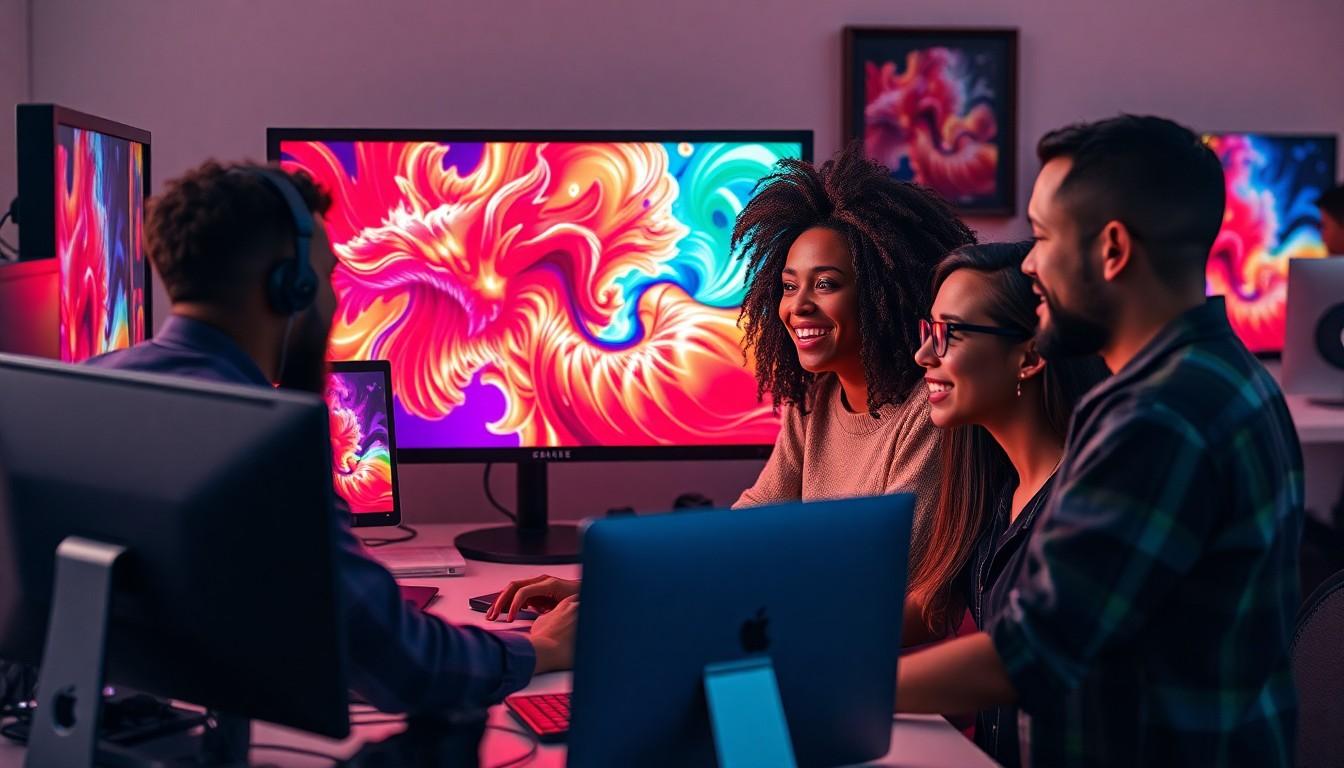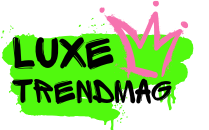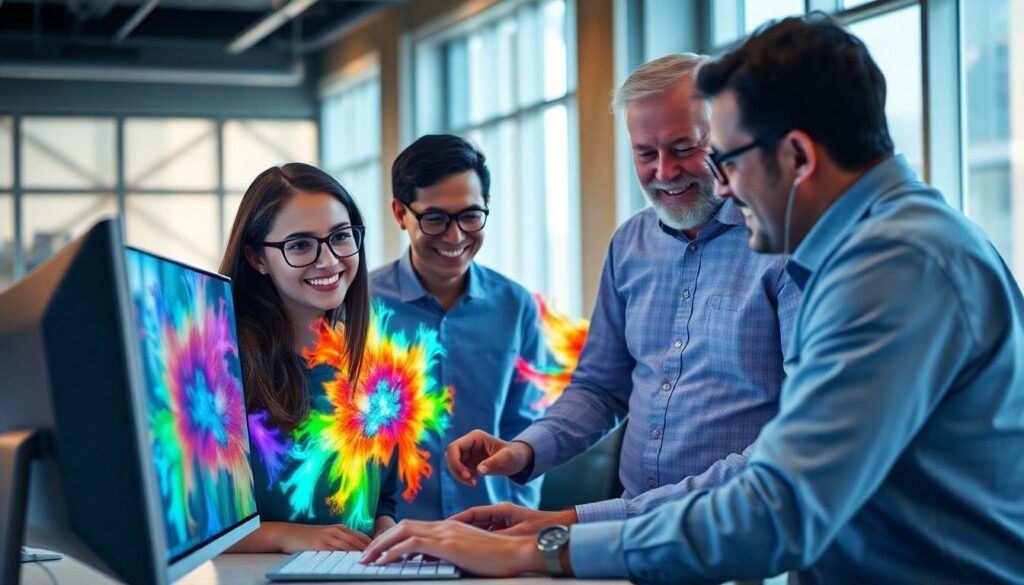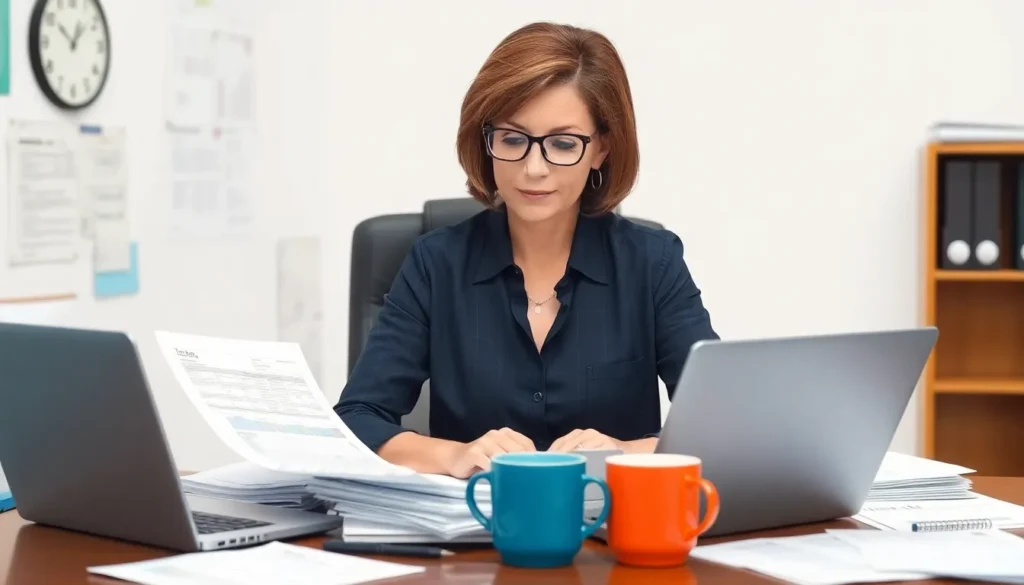Table of Contents
ToggleImagine having a digital artist at your fingertips, ready to whip up stunning visuals with just a few words. Well, that dream is now a reality! With advancements in AI, certain versions of ChatGPT can create images that’ll make your Pinterest board look like child’s play.
Overview of ChatGPT and Image Generation
ChatGPT’s recent advancements introduce impressive image generation capabilities, allowing seamless transitions from text to visual art. Some iterations of ChatGPT integrate models designed specifically for this function, utilizing advanced algorithms to interpret and translate prompts into detailed images. Users find this feature transformative, particularly for digital art creation, graphic design, and content marketing.
Specific models, such as OpenAI’s DALL·E, extend ChatGPT’s functionalities by generating realistic images based on textual descriptions. Artists and designers leverage this technology, receiving instant visual outputs that enhance creativity and streamline workflows.
Prompts serve as foundational inputs, guiding the AI in creating imagery aligned with users’ specific requests. Clarity and detail in the prompts lead to more accurate and satisfying image results. While these AI-generated images, once unique creations, now hold the potential for commercial use, resizing, and modifications bring additional versatility.
Implementation occurs in user-friendly interfaces. Accessible platforms provide straightforward ways for individuals to input their prompts and adjust parameters to fit design needs. As AI image generation grows in capacity and popularity, associations with copyright and usage rights come to the forefront, necessitating all users understand the legal frameworks surrounding generated content.
Exploration in this field shows vast potential. Integration of augmented reality and virtual environments reveals new avenues for deploying these images across sectors. Educational institutions and businesses alike use AI-generated content to engage audiences in novel ways. As more features develop, the fusion of linguistic input and visual output continues to redefine boundaries in art and communication.
Variants of ChatGPT That Create Images

Certain variants of ChatGPT enhance user creativity by generating images from textual prompts. These advancements revolutionize the way individuals engage with digital art.
ChatGPT-4 and Image Capabilities
ChatGPT-4 incorporates advanced image generation capabilities, integrating DALL·E technology. Users can create visually stunning images based on specific descriptions. This variant excels at understanding nuanced prompts, leading to highly accurate visual outputs. The synergy between text and images allows for seamless transitions in design projects. Artists and designers benefit greatly, as it streamlines their creative workflows and expands their artistic possibilities.
Other Notable Variants
Several notable variants of ChatGPT also facilitate image creation. Tools like DALL·E Mini offer accessible image generation for a broader audience. These alternatives provide flexibility and cater to various user needs. Platforms such as Midjourney utilize different learning techniques, generating unique visual styles. Users enjoy diverse options, ensuring they find the right fit for their creative aspirations. Emphasizing usability, these variants ensure intuitive interfaces that enhance the user experience.
Features of Image Creation
ChatGPT, particularly through its integration with DALL·E technology, offers remarkable features for image creation. Users experience an enhanced ability to transform textual prompts into stunning visuals.
Ease of Use
Generating images with ChatGPT is straightforward and intuitive. The user-friendly interface enables individuals of all skill levels to create visuals effortlessly. By entering a well-defined prompt, users receive high-quality images within seconds. Customization options allow for adjustments in style and detail, making it accessible for artists and novices alike. DALL·E Mini and Midjourney also emphasize simplicity, ensuring a smooth experience for anyone looking to explore their creativity.
Image Quality
Image quality ranks as a standout feature of ChatGPT’s capabilities. Outputs from advanced models like ChatGPT-4 showcase impressive detail and vivid color accuracy. This level of quality promotes versatility in various applications, from digital art to marketing materials. Users often report satisfaction with the realism and creativity of the generated visuals. Properly crafted prompts lead to images that effectively capture user intent, further enhancing overall satisfaction.
Limitations and Challenges
Despite the advancements in AI image generation, several limitations and challenges exist. These constraints impact the overall effectiveness and reliability of creating images from text prompts.
Technical Limitations
Technical limitations hinder the full potential of image generation tools. Generative models often struggle with highly complex prompts, resulting in inconsistent outputs. Image resolution can also vary, with some tools producing lower-quality visuals compared to others. Training data limitations may lead to biases in produced images, affecting the realism and accuracy of generated content. Model accessibility remains a challenge as some advanced features require specific subscriptions or higher-tier versions, limiting the reach of capabilities.
Ethical Considerations
Ethical considerations play a significant role in the deployment of AI image generation tools. Questions surrounding copyright ownership arise when users generate commercial images. Users must navigate potential infringement issues, particularly when using AI-generated images that resemble existing artworks. The possibility of creating misleading or harmful visuals presents another challenge, demanding responsible usage and clear guidelines. Developers are tasked with ensuring that their models promote ethical practices, benefiting both creators and consumers in the digital art landscape.
Future Trends in Image-Generating AI
Advancements in AI continue to reshape the landscape of image generation. Recent innovations in ChatGPT and similar models point toward rapid growth in their capabilities. Integrating technologies like DALL·E enhances performance and versatility, showcasing the ability to produce images with intricate details and vivid colors.
Creative professionals increasingly rely on AI for diverse applications. Marketing materials benefit from quick and high-quality visual assets produced through simple text prompts. Artists leverage these tools to streamline workflows and unlock new creative possibilities. Users often find that detailed prompts lead to more accurate image outputs, encouraging experimentation and exploration.
Many emerging trends signal a shift toward more user-friendly platforms. Increased accessibility in image-generating AI fosters broader engagement among artists and enthusiasts. Models like DALL·E Mini and Midjourney demonstrate diverse styles and cater to various user needs without extensive technical knowledge. These developments ensure greater inclusivity within the creative community.
Future iterations of AI image generators focus on ethical considerations and copyright challenges. Developers prioritize transparency in usage rights and address potential infringement issues. Teaching users about the complexities of copyright will enhance responsible and informed participation in digital art.
Technical limitations remain an area for improvement. Earlier models sometimes produce inconsistent outputs when handling complex prompts. Ongoing research aims to refine these capabilities, increasing resolution and quality across diverse creative scenarios. Enhancing accessibility to advanced features also remains a priority, ensuring that artists of all backgrounds can benefit from these tools.
Overall, the evolution of image-generating AI reflects a commitment to innovation and creativity. As technology advances, users can anticipate increasingly sophisticated features that elevate the artistic experience.
The advancements in AI image generation through ChatGPT mark a significant shift in digital creativity. Users can now transform text prompts into stunning visuals with remarkable ease and speed. This capability not only enhances artistic workflows but also opens up new avenues for expression and design.
As AI technology continues to evolve, users must remain aware of ethical implications and copyright considerations. The journey of integrating AI into creative processes is just beginning, promising exciting developments ahead. With tools like ChatGPT-4 and its counterparts, the future of digital art is bright, making it an exciting time for artists, designers, and enthusiasts alike.




